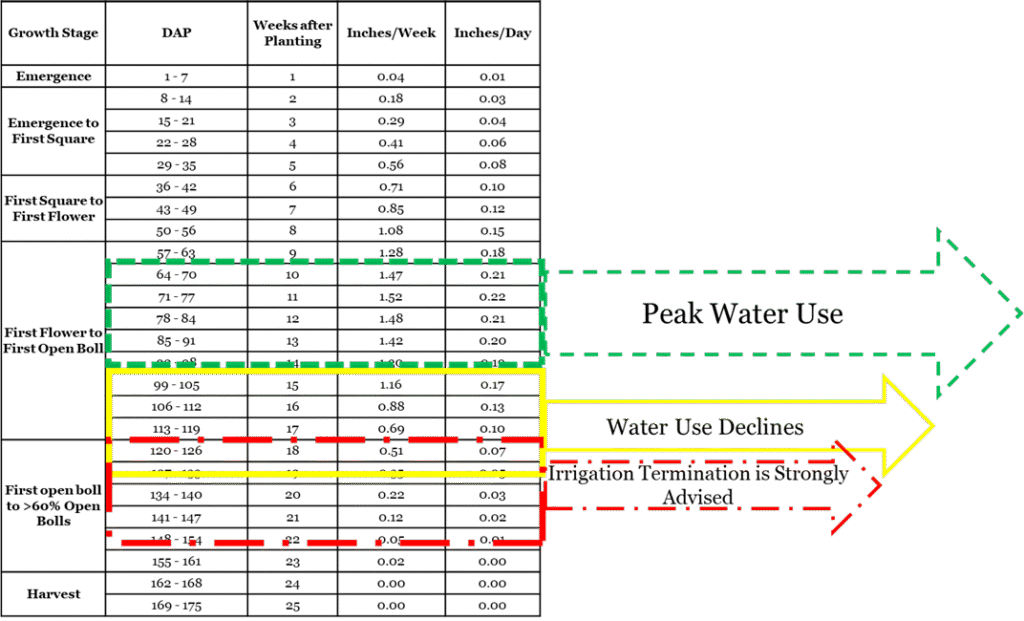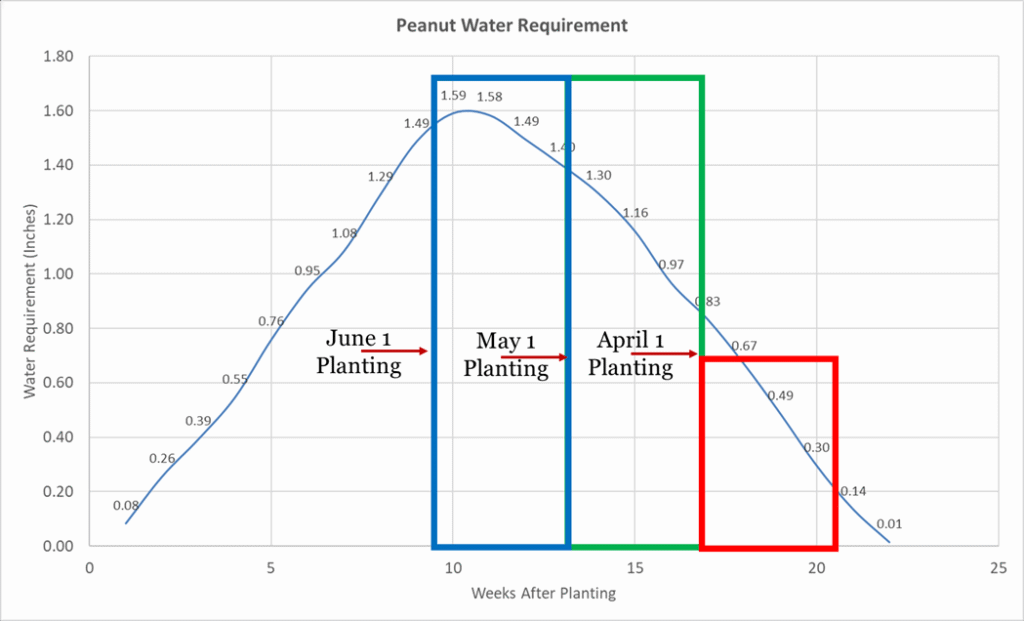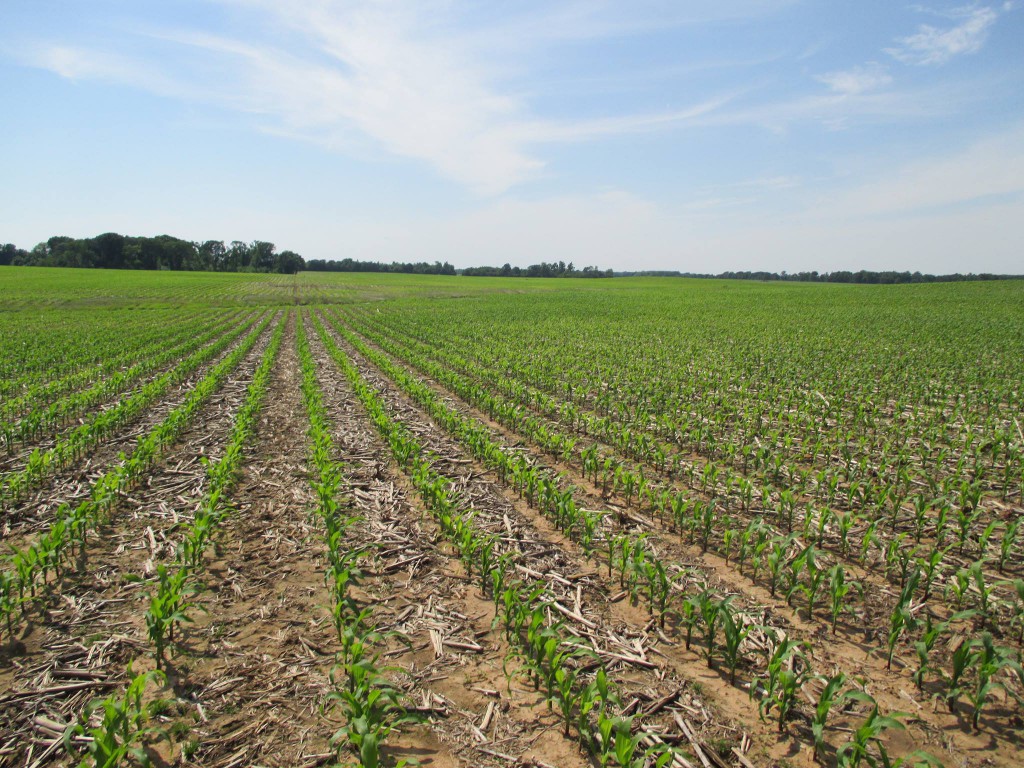By: Jason Mallard, Sarah Beth Thompson, Phillip Edwards, David Hall, and Wesley Porter
With this being released August 4, it seems like the growing season has flown by quickly. Corn, once black layer is reached, has past needing irrigation and harvest is beginning unless it was late planted. While, over this past weekend (August 2 and 3) there were significant rain showers across the state, this has been missed by specific areas around the state. With that stated, as usual, irrigation is not a blanket answer, but we must be pro- and re- active to specific and localized conditions and make educated decisions. As you read this blog, consider what you have seen across your farm and make appropriate decisions. If you ever have questions, reach out to your Extension Agent.
As we evaluate the current cotton crop, we have had above average DD60’s and this crop has really moved along rapidly. May planted cotton is at peak water use between 1.42” to 1.52” or a little past that currently, with less crop water use. An important note for discussion at this point is that if we have not kept adequate moisture during the growing season then we have most likely used up the reserves at deeper soil levels and do not have a cushion to help us through during this high demand at peak water use. Looking at the many sensors that we monitor which are scattered across the southern half of the state, there are many fields that the subsoil moisture levels have been depleted. Therefore, it is important that we apply the amount the crop is currently utilizing. Crops can extract moisture from deeper levels if it is available. As the saying goes, once we are behind it is hard to catch back up.
Water use per week for cotton planted during April is rapidly declining and does so until the end of the season. Over the past couple of years, research has shown that once cotton reaches cutout, if the soil profile has adequate soil moisture it is not profitable to irrigate any more throughout the season. However, it is critical to have adequate moisture at that point to provide the plant with sufficient soil moisture to finish the season. An entire blog post will be developed soon discussing cotton irrigation termination. Independent, it is critical that no matter what, irrigation be terminated at or before the 10% open boll stage.


The peanut crop is also moving along this year. According to grower preference many operations plant peanuts prior to cotton. Most peanuts planted in May are at or just past peak water use. Certain areas of the state had to replant peanuts due to early season issues and may have some planted in late May or June. June planted peanuts have not reached peak water use yet but are very close. Just as we discussed in cotton, once we pass peak water use, each week thereafter has a lower water requirement. If growers continue to apply the rates needed for peak water use over a significant period this will lead to over irrigation, wasted pumping cost, and most likely reduced yield. This is where some type of advanced irrigation scheduling program really helps and can save pumping cost.

Peanut irrigation termination is based on a management decision related to forecast and moisture needed for inverting peanuts. Stay tuned for further irrigation termination discussions in future blog post.

